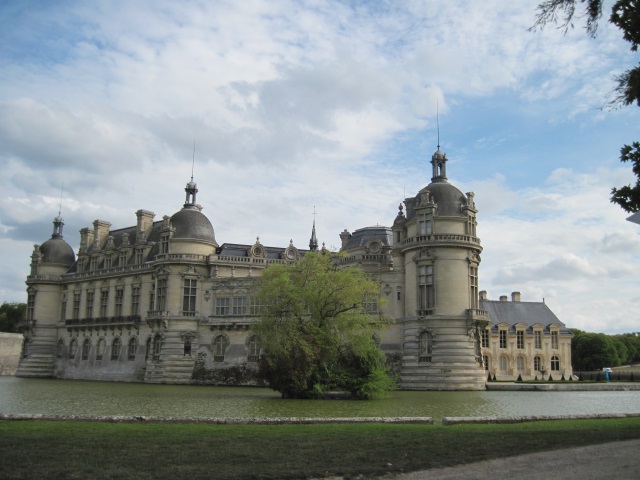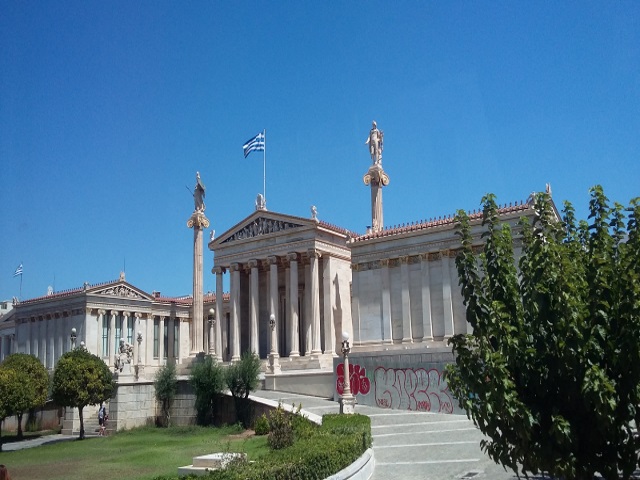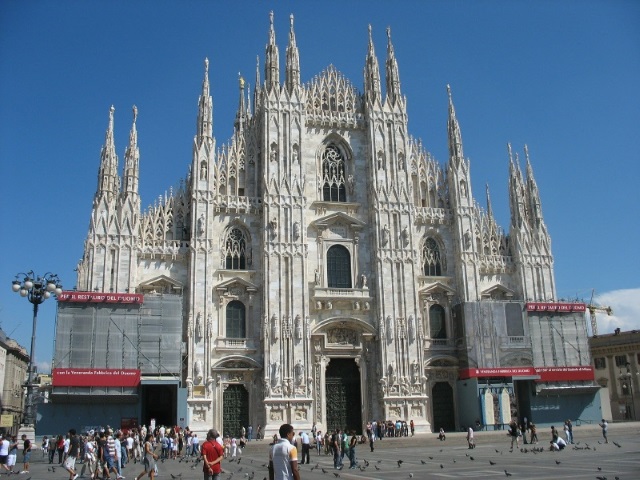Read the Introduction to Europe
Europe is a bundle of nations, cultures, and religions. Also called the Old Continent, it has 44 countries, most with unique languages and characters, squeezed in around 10 million km2 (4 million mi2). Compare that to 48 Asian states spread throughout nearly 45 million km2 (just over 17 million mi2) and get an idea of how bustling Europe is.
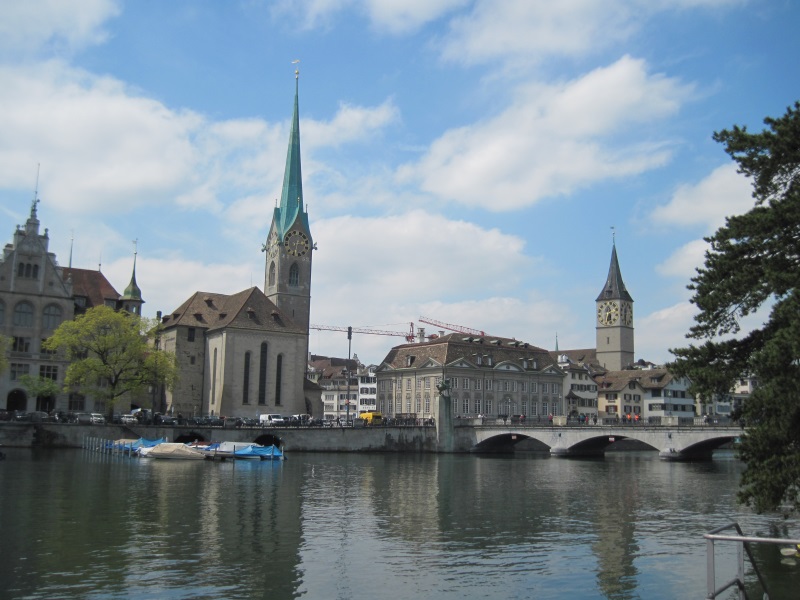
France, Spain, and Italy are the most visited of many well-traveled European nations by far. Still, the continent has many countries (Slovenia, Latvia, Albania, etc.) brimming with notable attractions that await travelers to discover them. Thus, wherever your curiosity and feet take you, you're in for a great trip.
Why Should You Visit Europe?
Europe has defined the world we live in today in many ways.
Many present European nations were part of mighty empires and kingdoms, such as the Roman Empire, the Russian Empire, the French Kingdom, and the Habsburg Monarchy. Those competed against one another every step of the way, creating imposing landmarks, outstanding works of art, and history.

Top European Tourist Destinations
Athens, Greece, is the birthplace of Western Civilization. Rome in Italy and Kyiv in Ukraine are centers of Catholic and Orthodox Christianity. Throughout southern Europe, you'll find evidence of Islamic presence dating since medieval times.
Paris, France, is home to Louvre and Eiffel Tower, the world's most visited museum and paid monument. Istanbul, Turkey, sits on two continents and is an architectural mix of Roman, Byzantine, and Turkish influences. Vienna, Austria, is the capital of music, while Milan, Italy, is the fashion hotspot.
Furthermore, beautiful nature is everywhere. Either Scandinavian fjords, Finnish lakes, Swiss Alps, Bavarian forests, or Greek and Croatian islands will be near, depending on where you are.
How to Travel in Europe?
The Old Continent is relatively small in size and has extensive airline, railway, and road networks. Thus, getting from one corner of Europe to another is easy and quick.
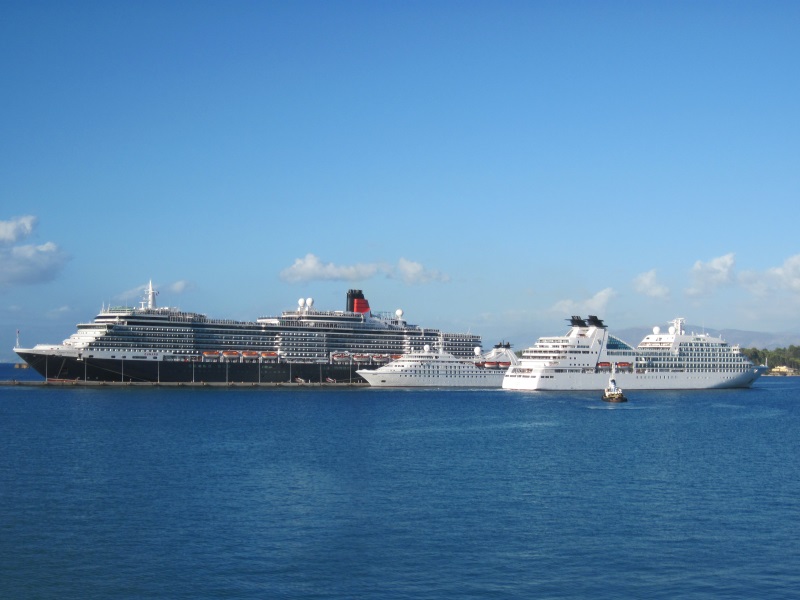
If you wish to take it slowly, board a cruiser or a yacht and sail the Danube, Rhine, and Seine rivers or the Mediterranean, Adriatic, Baltic, and other seas.
Thanks to conflicting influences in the past, you won't have to travel far to experience something entirely different. For example, settlements a short drive apart could feature culinary traditions and architectures that are nothing alike.
Hence, you may spend weeks, months, even years traveling in Europe and enjoying yourself.
